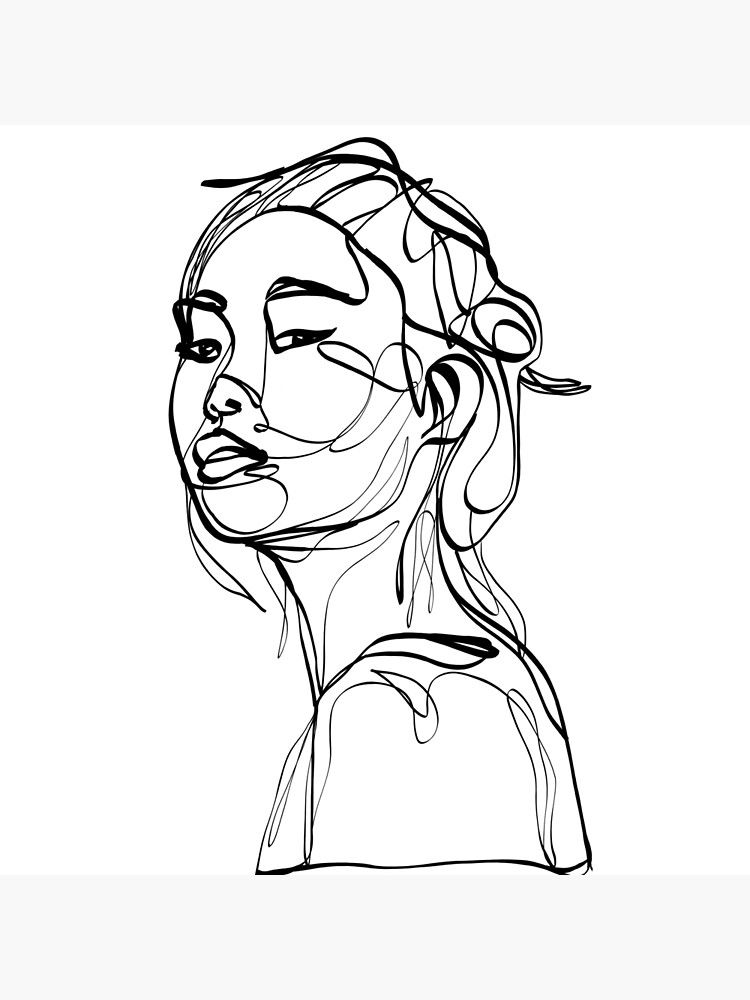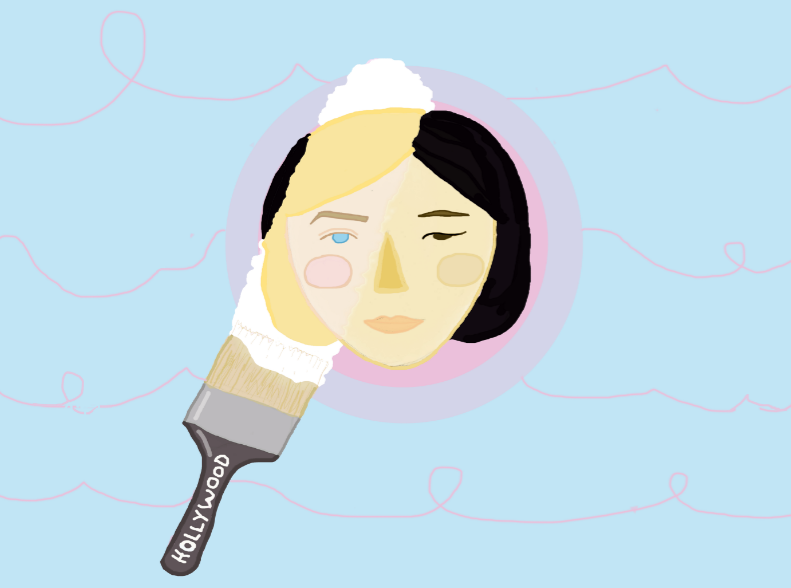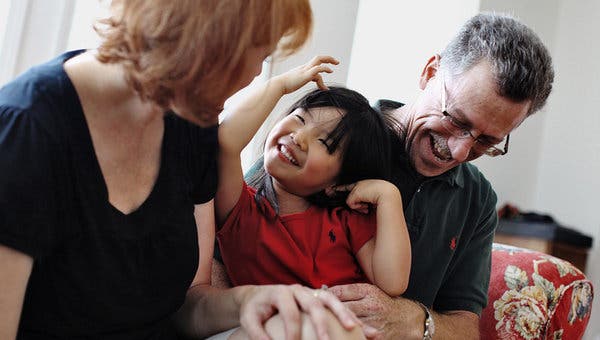This week I examined the work of Teresa Mok and how the media and stereotypes have impacted Asian Americans over the years. This article focused mainly on how the mass media have portrayed the Asian American image to society. Arguing that diversity is not well represented and has impacted the way Asian Americans view themselves along with the larger society. Mok strengthens her argument with examples such as the history behind the ‘yellow peril’ stereotype, Asians as “background-color”, “yellowface”, one-dimensional characters, and the powerful and ingraining images of Fu Manchu and the hypersexualization of Asian women. In conclusion, Mok mentions the three main issues that are plaguing the media when it comes to Asian/Asian American representation in the media. “The first is that the mass media often fails to differentiate between any specific Asian ethnic group. Second, Asians are seen as being one extreme or the other in either a positive or negative light, and third is the message of assimilation. The more Asians look and act Asian, the less acceptable they will be (Mok, 1998)”
This article helps towards my research goal of expressing why the media needs accurate Asian American representation in the media. I liked how this article first began with the historical aspects of why and how these Fu Manchu and Dragon Lady stereotypes came to be. Towards the end, the article’s message went more into the effects of influencing western beauty standards and mental health issues that stem from not seeing racially similar role models in media images. Something else that I found interesting was that although I cut it out of my proof of concept, my sister mentioned 1992 Olympian Kristi Yamaguchi being a media role model of hers. A participant in the article also mentions Yamaguchi stating, “why did I have to wait almost 20 years before I saw a person on TV who had a (facial) profile like me?” (Mok,1998). This helps my argument that even 23 years later Kristi Yamaguchi is still being held as one of the only most recognizable and positive main examples of Asian representation.
After receiving the feedback from my peers, moving forward I want to continue the “homey’ aesthetic of my interviews where I’ll try to include more personal home videos/photos in the B-roll and have my interviewees comfortable in their homes during the interview process. Additional comments (from josh and CJ) I agree that the sound design behind the stories I share with my audience will be important for bringing out the emotional elements of these stories and will work towards giving the sound aspect more thought. Temi asked a great question of whether I’ll be including interviews of the parents. I have thought about this but I’m still not 100% sure if I want to include them due to the fear of bringing in too many other elements to the story.
Mok T. A. (1998). Getting the message: media images and stereotypes and their effect on Asian Americans. Cultural diversity and mental health, 4(3), 185–202.
Photo: Obtained from Google Photos/ Credit: Stephen Case/ https://www.scmp.com/comment/opinion/article/3096145/time-us-racial-reckoning-can-asian-americans-find-their-voice




